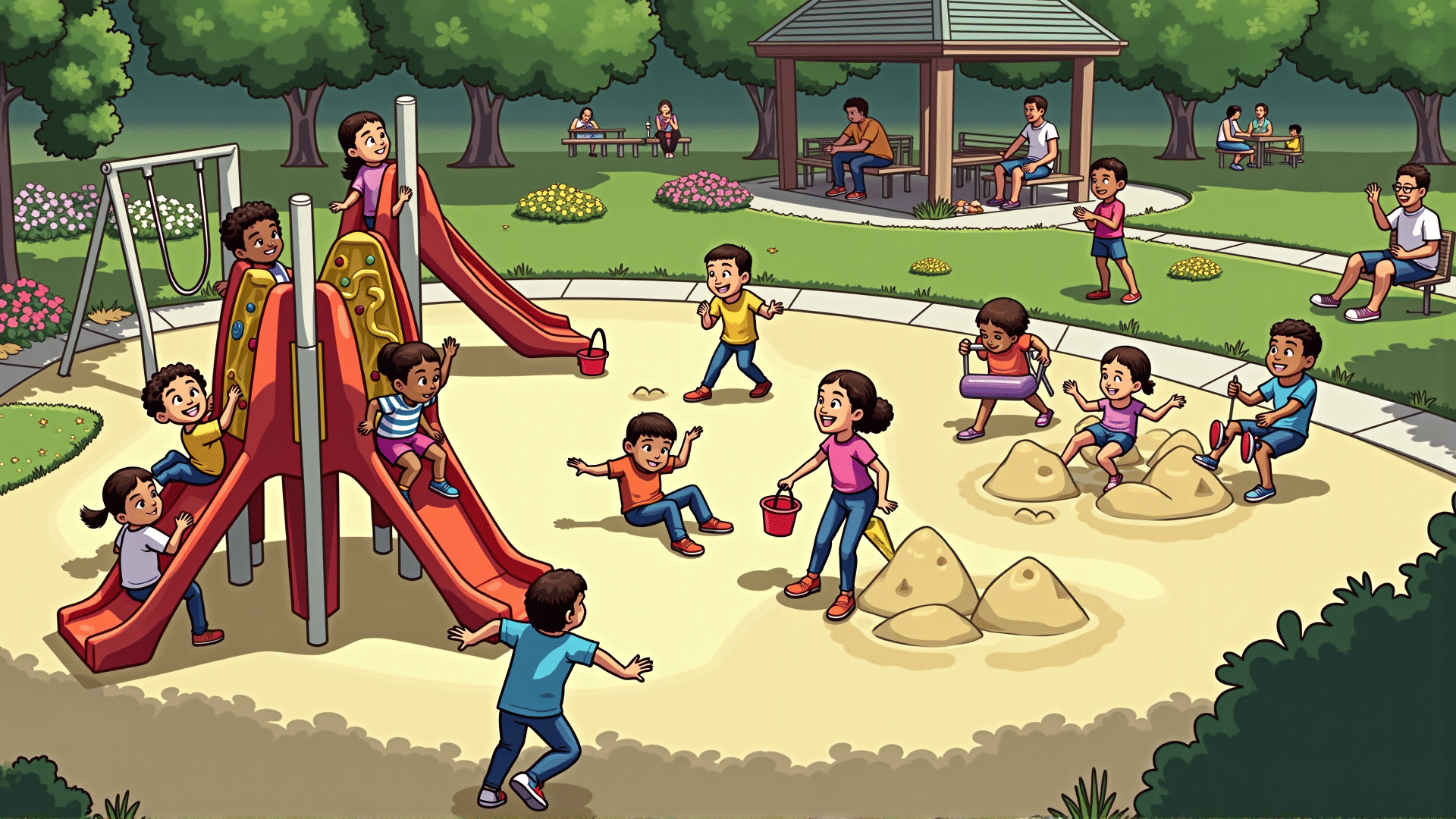In an increasingly digitized world, fostering human connection and community interaction has never been more crucial. One surprising yet effective catalyst for this is the humble playground. Beyond swings, slides, and monkey bars, innovative playground designs are redefining communal spaces, transforming them into thriving hubs of social engagement and cultural exchange.
Playgrounds are traditionally seen as exclusive zones for children's recreation. However, when thoughtfully designed, they have the potential to engage people of all ages, making them essential elements in the fabric of any community. Modern playgrounds are much more than just play—they're about interaction, inclusivity, and inspiration.
The key to creating effective community spaces with playgrounds lies in the design. It's essential to move beyond the conventional flat landscapes and predictable play equipment. Incorporating creative and versatile structures can invite engagement from a broader audience. For instance, incorporating nature-inspired elements not only enhances the aesthetic appeal but also provides sensory experiences for different age groups. Climbing walls, water features, musical instruments, or open greenery for spontaneous play can add layers of interaction that engage users at varying levels of ability and interest.
Inclusivity is at the heart of any successful community space. Playgrounds should be designed to accommodate children with diverse physical, sensory, or cognitive abilities. By incorporating adaptive equipment that caters to these needs, such as ramps, sensory play panels, or modified swings, playgrounds become inviting for all. This inclusive approach helps foster a sense of belonging and encourages interaction among children who might not otherwise engage with one another.
Community engagement doesn’t just happen through design; it’s also about location and accessibility. Placing playgrounds within walking or biking distance of neighborhoods encourages frequent use and helps them become casual meeting spots. Integrating seating areas for parents and caregivers encourages lingering, facilitating an atmosphere where relationships can blossom organically. Additionally, connecting these spaces to wider pedestrian and cycling networks ensures they become integral parts of everyday community life.
Art also plays a pioneering role in transforming playgrounds into communal sanctuaries. Murals and sculptures, particularly those reflecting local culture and history, infuse a sense of identity and pride. This artistic interpretation not only beautifies the playground but also encourages educational conversations amongst visitors, deepening community ties.
Furthermore, playgrounds offer a platform for community-driven initiatives. Regular events like storytelling sessions, art workshops, or community sports days can be organized in these spaces to stimulate community involvement and participation. Such activities can layer dynamic experiences onto the quotidian play experience, transforming ordinary days into memorable moments.
Lastly, involving community members from the conceptual stage is paramount in creating playgrounds that truly reflect the needs and aspirations of the local populace. Participatory design processes can include surveys, workshops, and public forums to extract community input and feedback, ensuring the final project resonates with its intended audience. This involvement also breeds a sense of ownership and stewardship among residents, encouraging long-term sustainability.
In conclusion, innovative playground designs possess the potential to transform more than just physical landscapes—they can rejuvenate community spirit, foster inclusivity, and nurture harmonious social networks. By uniting creative design, inclusivity, accessibility, and community participation, playgrounds can become more than just places for play; they can become vital communal hubs where connections are made and memories are forged. Such transformational spaces prove that even in our modern world, heartfelt community engagement remains a cornerstone of societal well-being.
